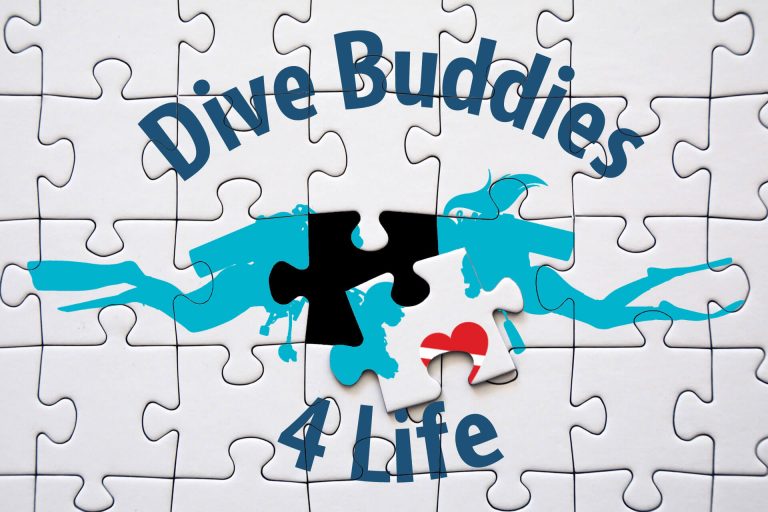

I just really wanted to capture that beauty and tell stories of beauty. It’s like going to another planet, but a very beautiful, very interesting planet-not a lifeless planet with nothing happening on it.
Blue planet scuba happy hour full#
Up until now I think everybody thinks of the deep being a world just full of aliens and monsters, and yes that’s true, to some extent, but there’s also a side to the deep ocean that is utterly beautiful, and mind-blowing. That was not easy, but we had some really, really good experiences with all sorts of animals, and it’s just brought the deep ocean alive. For “The Deep,” I wanted to capture behavior in the deep-so animals doing things that we haven’t seen before. Yes, they were two very, very different films. You’ve produced two episodes-“The Deep” and “Our Blue Planet.” Did you have to approach these two episodes very differently? Or was there a particular goal that you wanted to fulfill when you set out to film them? Their delicate branches provide sanctuary for a wealth of life They live as deep as 20,000 feet and some have been growing for as long as 4,000 years. Incredibly, we now know that there are more species of coral in the deep ocean than on shallow, tropical coral reefs. I think we’ve been incredibly blessed and lucky to be part of this, and I just hope that what we’ve done is received well, and opens people’s eyes to this incredible planet’s oceans. Being able to spend the amount of time that we have filming, and using the amazing technology that we’ve had and even sometimes create-because the technology didn’t exist but we then made our own technology to capture things that could never be filmed before-I think being part of a project like this which is just at the highest possible quality of natural video programming made on the planet, it’s been a real privilege to be able to bring these incredible stories to the public that we wouldn’t perhaps find any other way.

I think being part of Blue Planet II has meant we have all been able to show our love for the ocean, and opens people’s eyes and minds and hearts to these incredible stories. What impact has your involvement in making Blue Planet II had on you? I also did a chemistry degree a long time ago, and I’ve always been looking for the opportunity to put the science and the creativity together, and ultimately, I also happened to fall in love with the ocean along my life journey, and so for me ending up as being part of the Blue Planet II team has just been incredible. I started producing television because I found the idea of being able to creatively tell stories very appealing. What got you interested in embarking on this career? Venus’ flower basket: The Blue Planet II team filmed this sponge and its inhabitants off the Galápagos Islands but they flourish on the deep seafloor around the world

They enter through its latticed walls as small, young shrimp, but as they grow to full size, they are no longer able to leave the way they came in… Their home provides protection-but eventually, it becomes their prison.

In the interview that follows, Doherty describes the experience of working with the production team-and being among the first humans to film what lives at 3,300 feet deep in the Antarctic Ocean.Ī shrimp couple living inside a deep-sea Venus’ flower basket sponge. Fortunately, after 20 minutes, they finally fixed the faulty pressure gauge that was responsible, and carried on. The latest effort, Blue Planet II, is a case in point, with the numbers to prove it: over four years in the making, some 125 expeditions in almost 40 countries, and more than 4,000 dives and 6,000 hours of underwater footage.Īs the producer of two of the seven episodes in the series, “The Deep” and “Our Blue Planet,” Orla Doherty considers herself “blessed” to have been a part of the production, but she also knows what it takes to make a groundbreaking documentary, having spent 500 hours at bone-crushing depths in three oceans whilst making “The Deep.” During one deep dive, she even endured quite a scare when the submersible she was sharing with a pilot and cameraman began leaking-at 1,500 feet down. You know a nature documentary is going to be epic when it’s made by the BBC and features the dulcet tones of Sir David Attenborough.


 0 kommentar(er)
0 kommentar(er)
